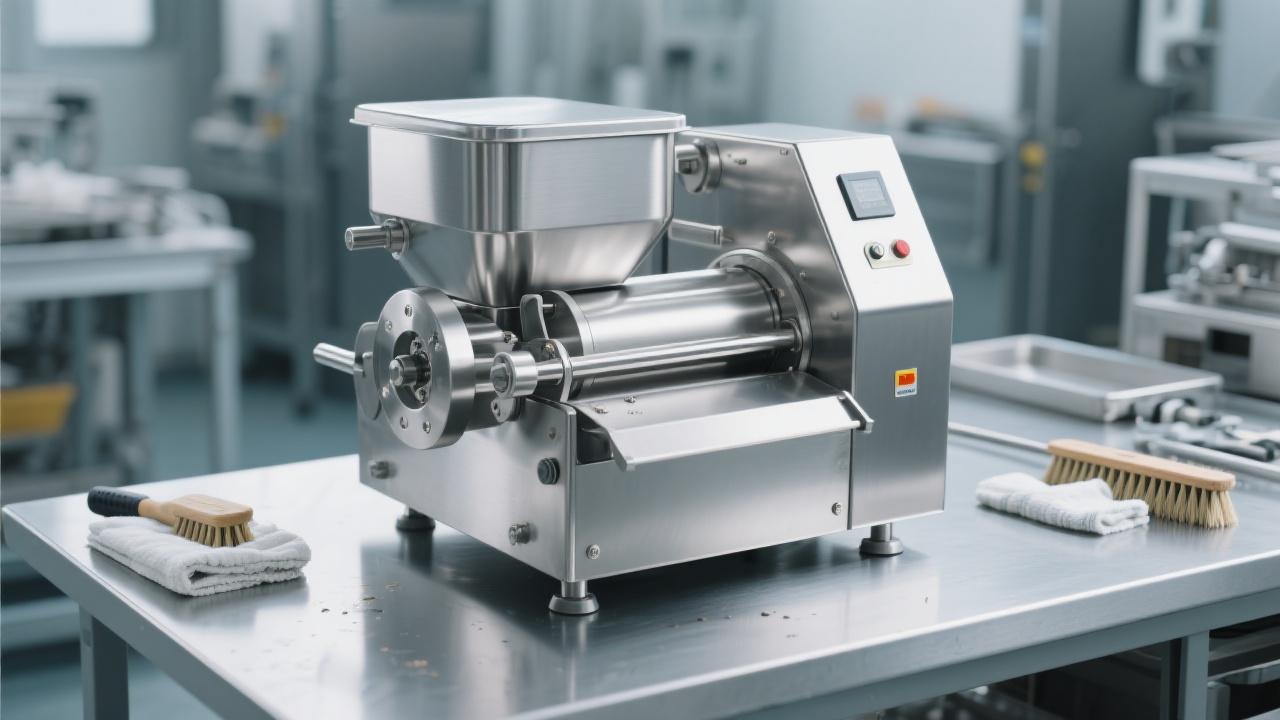
In the competitive world of food manufacturing, especially for high-value oils like sesame oil, hygiene isn’t just a checklist—it’s your brand’s credibility. A single contamination incident can cost you not only revenue but also trust across global markets.
We recently reviewed two cases from small-to-mid-sized sesame oil producers—one that failed due to poor sanitation practices, and another that achieved ISO 22000 certification by implementing full-closure technology and systematic cleaning protocols. The difference? It wasn't just equipment—it was process discipline.
According to FDA data, over 40% of foodborne illness outbreaks linked to plant-based oils originate from cross-contamination during processing. For sesame oil—often used in premium culinary applications—this means even trace microbial presence (like E. coli or Salmonella) can lead to product recalls, loss of export licenses, and reputational damage.
In one case study, a Malaysian processor experienced repeated batch failures due to inconsistent cleaning between production runs. Their open-line system allowed residual oil and dust to accumulate in crevices, leading to microbial growth. After six months, they lost three major EU buyers.
The success story came from a Thai facility that invested in a fully enclosed sesame oil extraction line with stainless steel 304 components and automated CIP (Clean-in-Place) functionality. Here’s what changed:
| Metric | Before (Open Line) | After (Closed + CIP) |
|---|---|---|
| Cleaning Time per Run | 4–6 hours | ≤ 90 minutes |
| Microbial Load (CFU/g) | ~10⁴ | ≤10² |
| Customer Complaints/Month | 3–5 | 0 |
What made this possible? Not just better materials—it was a culture shift. They adopted a daily pre-start checklist, trained staff on hygiene zones, and integrated real-time monitoring via IoT sensors in their CIP system.

These aren’t just best practices—they’re survival strategies in today’s global marketplace. Buyers now ask for proof of HACCP plans, internal audits, and third-party certifications before placing orders.
If you're serious about exporting sesame oil safely—and profitably—you need more than compliance. You need confidence built into every step of your process.
Ready to upgrade your sesame oil line with a hygienic, future-proof solution?